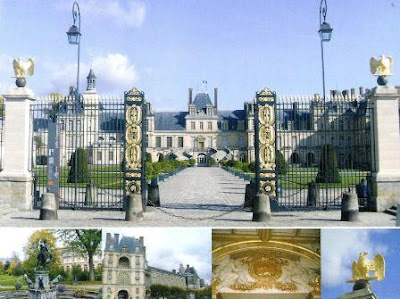The Swabian Jura, sometimes also named Swabian Alps in English, is a mountain range in Baden-Württemberg, Germany, extending 220 km (140 mi) from southwest to northeast and 40 to 70 km (25 to 43 mi) in width. It is named after the region of Swabia. - in: wikipedia
© Verlag Hans-Jürgen Daubner
DE-8235695, sent by Andrea.
This region's hallmarks are its gleaming white rock formations, mighty castles and magnificent palaces of notable dynasties, juniper scrubs where shepherds tend their flocks, delightful dry valleys, crystal-clear springs and subterranean wonderlands of dripstone caves, crater lakes, religious buildings in Romanesque or Gothic style and idyllic villages full of half-timbered houses. - in: https://www.germany.travel/en/leisure-and-recreation/scenic-routes/swabian-alb-route.html
On the card we can see some attractions of this region. Beuron; Lichtenstein Castle; Sigmaringen Castle; Blaubeuren; Uracher Waterfall; Hohenzollern Castle; Donautal; Winsener Höhle, a water cave; Blautopf; Bad Urach and Bärenhöhle.














































.jpg)


